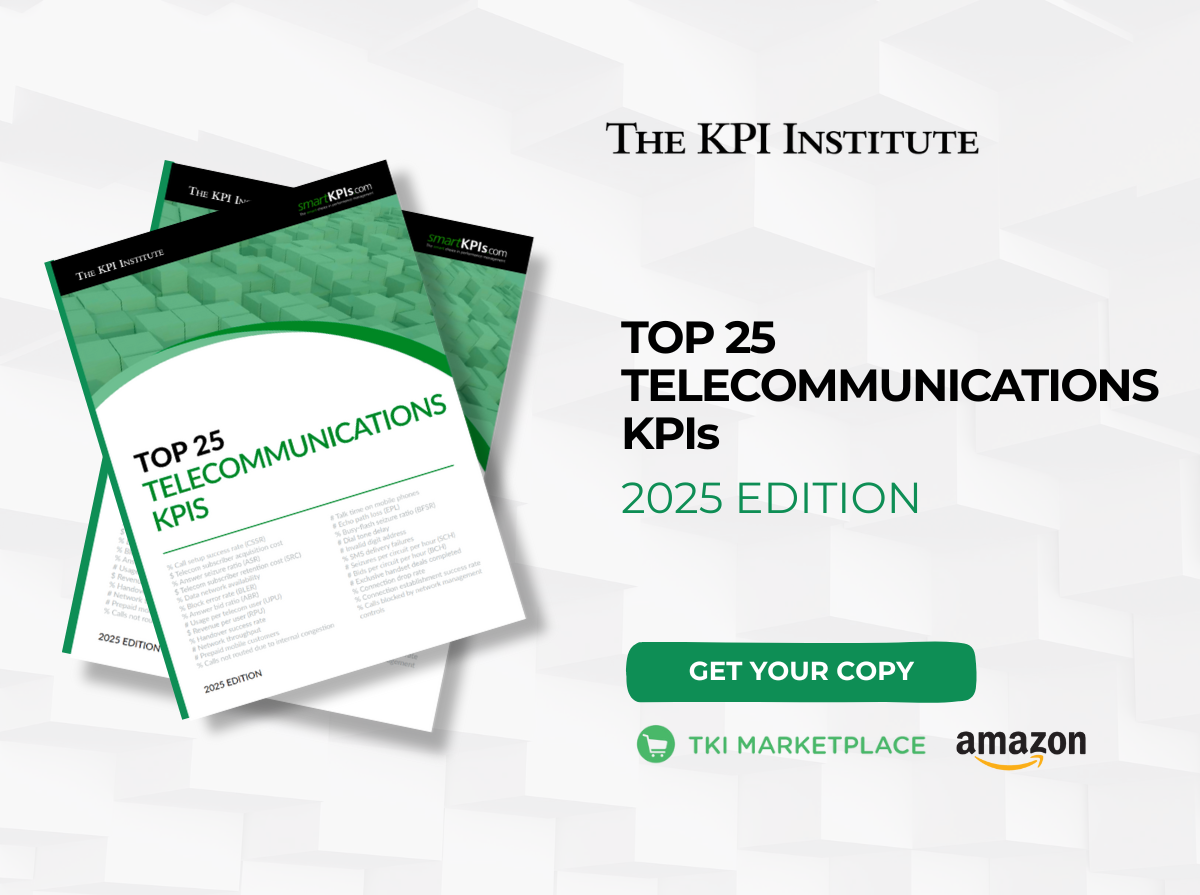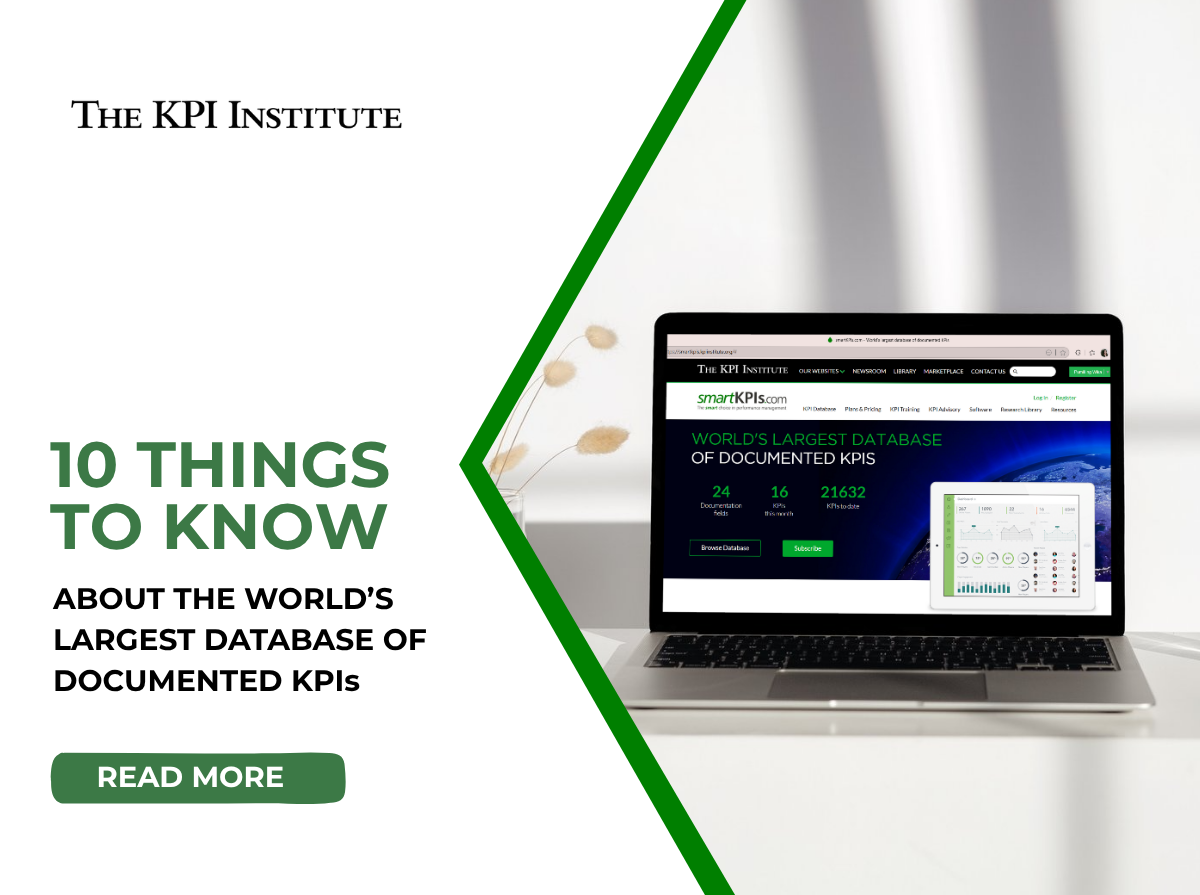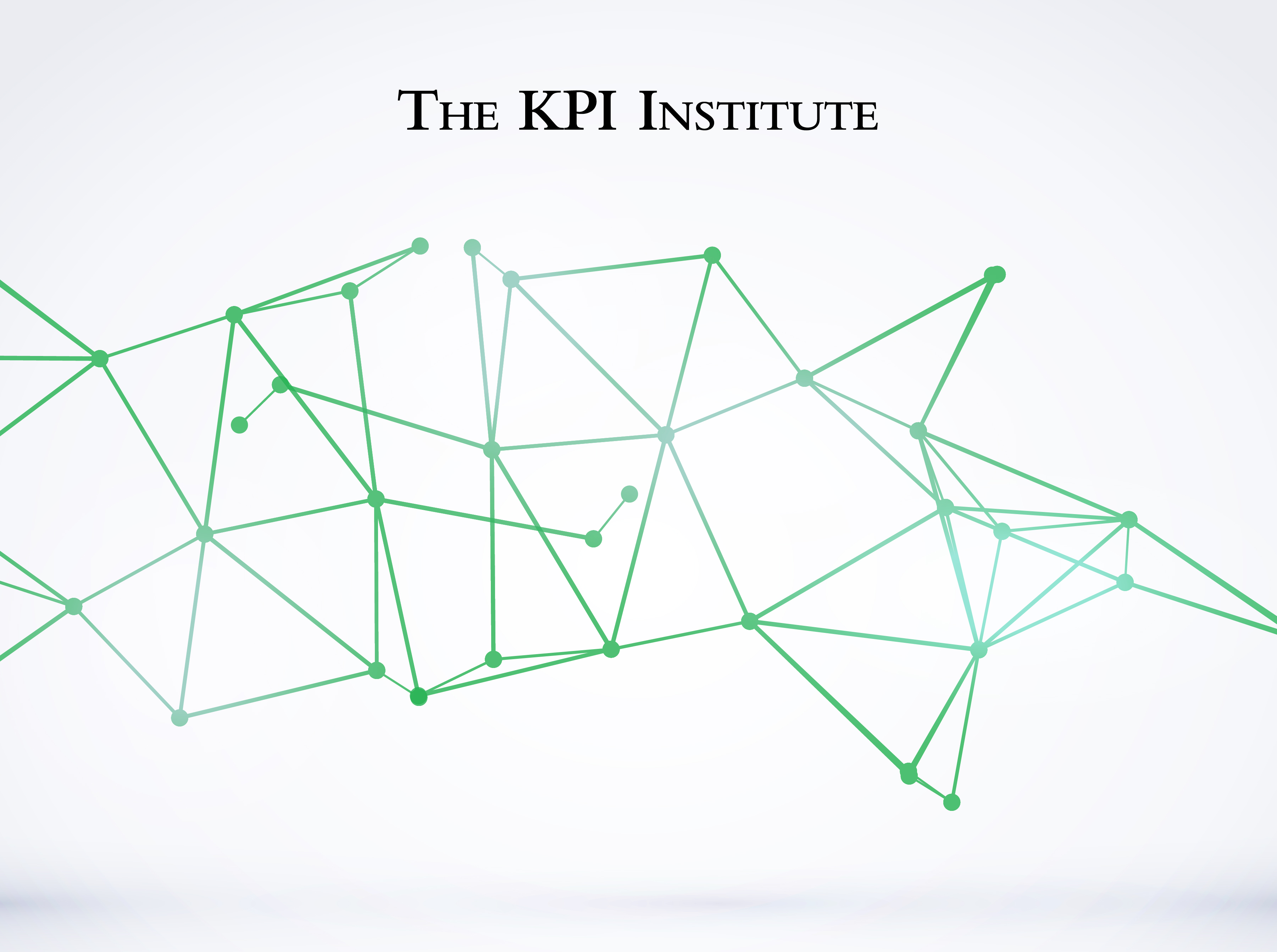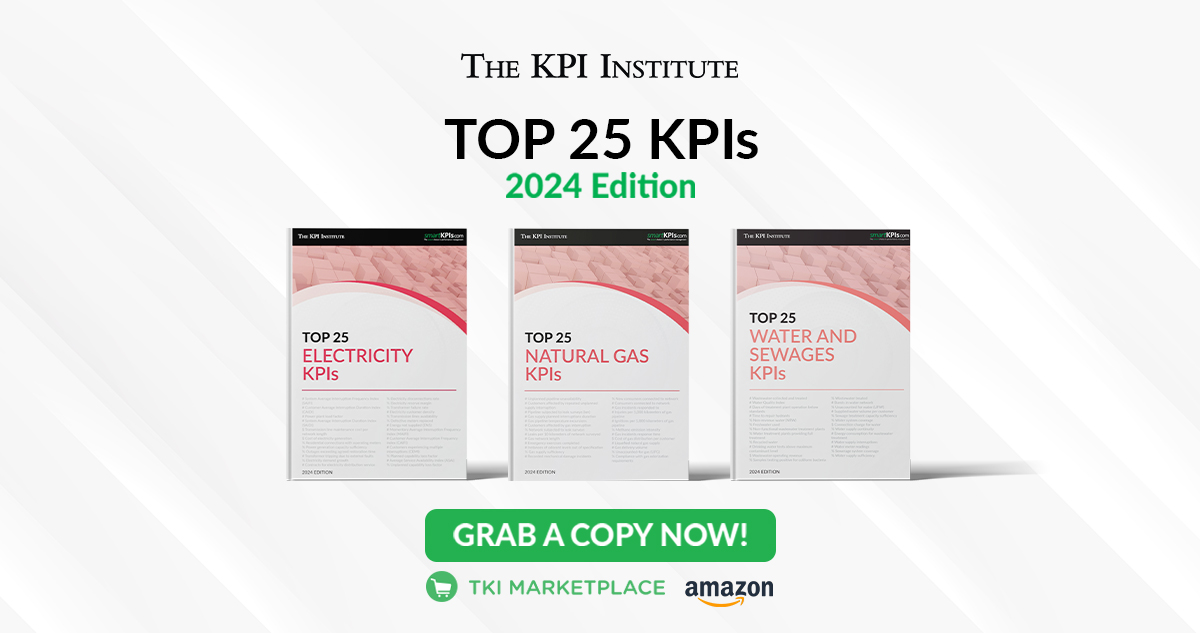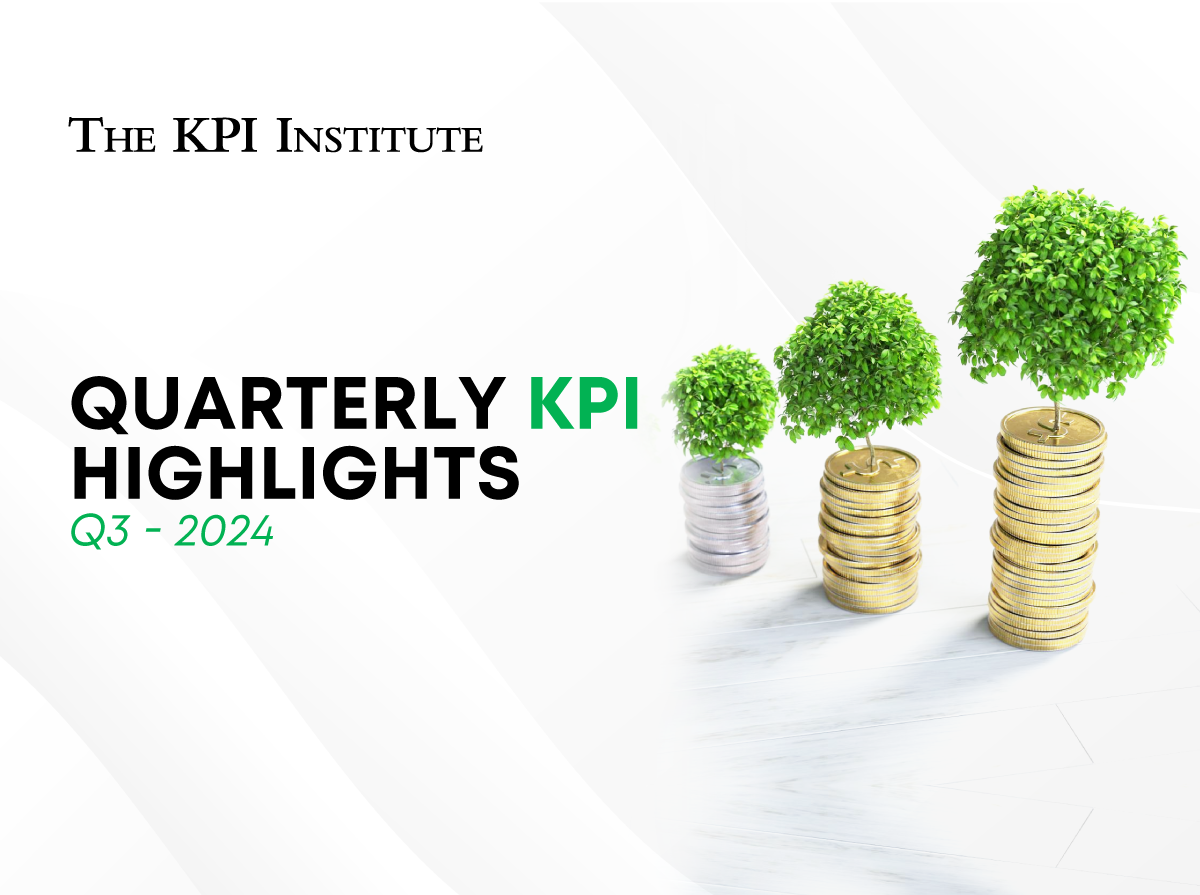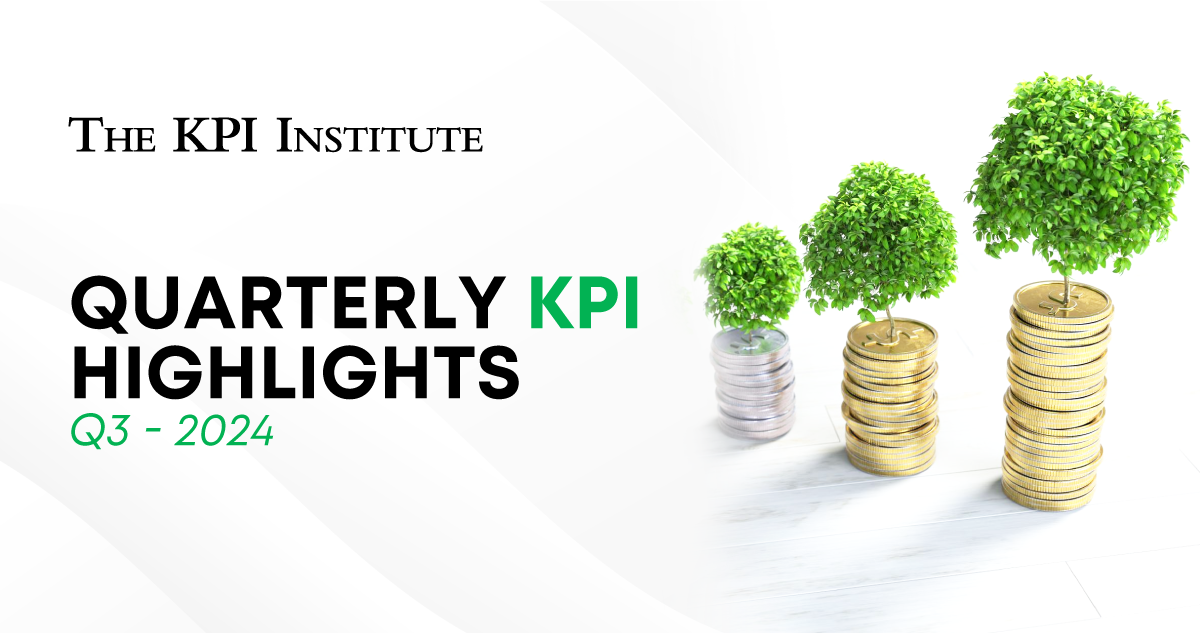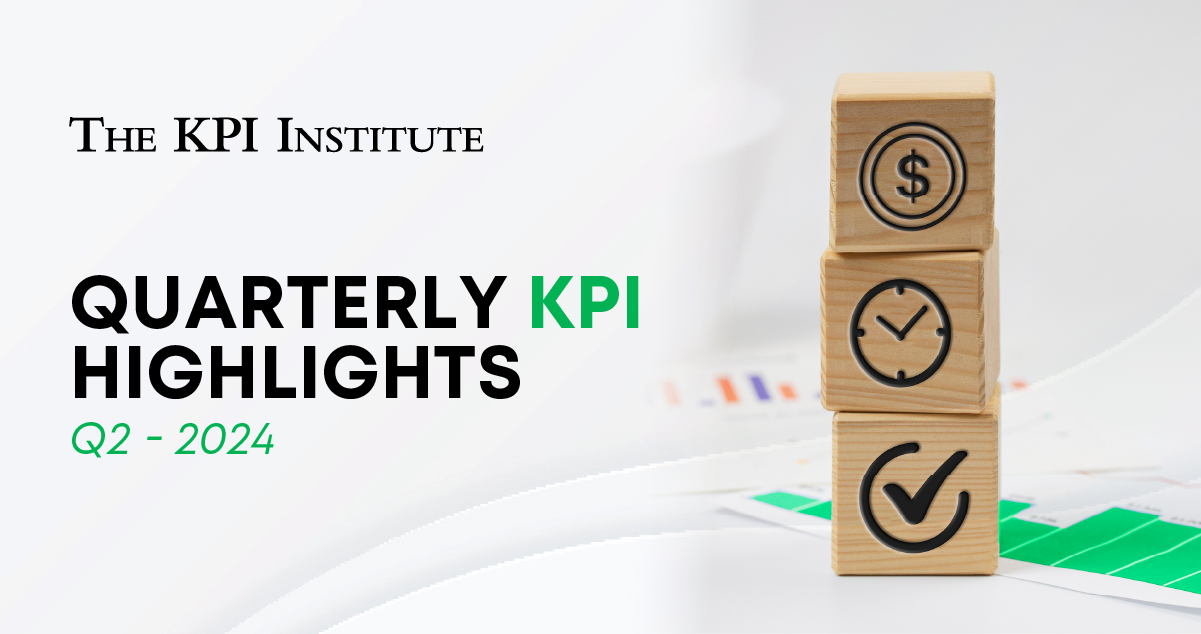
Quarterly KPI highlights: key performance drivers you should keep an eye on before 2025 ends
December 17th, 2025 Posted by Kimberly Tilar KPIs 0 thoughts on “Quarterly KPI highlights: key performance drivers you should keep an eye on before 2025 ends”
As the year draws to a close, performance measurement becomes more critical than ever. The final quarter is not only about closing results, but it is a decisive period for validating strategic priorities, identifying performance gaps, and setting a solid baseline for the year ahead. At this stage, organizations rely heavily on well-defined key performance indicators (KPIs) to ensure financial discipline, operational stability, and informed decision-making.
The fourth quarter of 2025 placed a strong emphasis on controlling costs, strengthening incident response capabilities, and optimizing inventory levels. The featured KPIs for October, November, and December reflect key performance areas that help organizations finish the year with clarity and confidence, while also preparing for a smooth transition into 2026.
KPI of October: $ Cost of goods sold (COGS) – tracks the expenses directly associated with producing the goods a company sells, providing visibility into manufacturing and procurement spending. This KPI supports organizations in monitoring cost structures and maintaining control over production-related expenditures.
Effective monitoring of $ COGS helps leaders identify cost inefficiencies, optimize supplier and production decisions, and protect margins—making it essential for maintaining competitiveness and accurate pricing, especially at year-end. Download the free digital poster, via the TKI Marketplace, to learn more about how to define, measure, and apply the $ COGS effectively within your organization.
KPI of November: # Mean time to resolve (MTTR) – measures the average duration required to identify, resolve, and prevent the recurrence of a security incident. It is used to evaluate an organization’s ability to respond to incidents efficiently and effectively and is one of several essential KPIs in incident management.
# MTTR offers insight into how quickly teams can detect issues, coordinate responses, and restore operations, and should be tracked alongside related indicators for a more complete view of incident response performance. Explore this indicator further by downloading the digital poster from the TKI Marketplace.
KPI of December: % Slow moving inventory – measures the share of inventory items that have remained unsold for a specified period (e.g., 90 or 180 days) compared to total inventory. This KPI helps organizations identify stock that may be at risk of becoming obsolete.
Monitoring slow-moving inventory enables organizations to make informed decisions on markdowns, promotions, redistribution, or discontinuation of underperforming items. Proactive management of this KPI supports healthier cash flow, leaner operations, and more accurate demand planning as organizations prepare for the new year. Download the digital poster from the TKI Marketplace to learn more.
These digital posters are part of the KPI of the Month series by The KPI Institute. It is a free infographic series designed to provide practical insights into the application of key performance indicators. Each edition focuses on one specific KPI, offering clear explanations of terminology, addressing common challenges in its use, and outlining essential details such as its definition, calculation, balanced scorecard relevance, data profile, typical targets, and actionable recommendations. Explore the other featured KPIs from the past quarters, visit the TKI Marketplace today!

